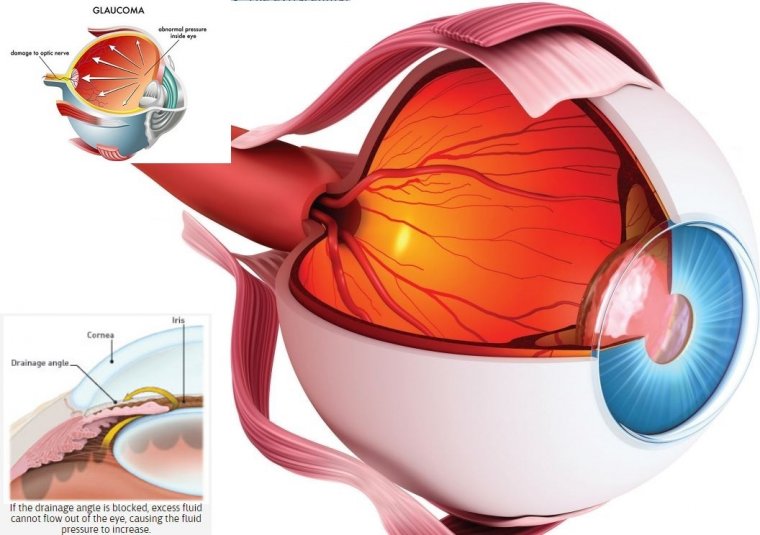
New Neuronal Circuit Model Offers Insights into Eye Movement
A groundbreaking study by researchers at Weill Cornell Medicine and collaborators has unveiled how neuronal circuits in the brainstem guide eye movement, offering potential advancements in the treatment of eye movement disorders. Using week-old zebrafish, the team explored how connections formed by neurons control gaze and sustain visual attention, revealing insights into brain function and short-term memory.
Decoding the Neural Mechanism Behind Gaze Control
Published in Nature Neuroscience, the study focused on young zebrafish due to their simplified neuronal systems. By five days of age, zebrafish are capable of swimming and hunting prey—activities requiring sustained visual focus. The research team utilized advanced imaging techniques to:
• Identify neurons involved in gaze control.
• Map interconnections within the neuronal network.
Key Discoveries
• The zebrafish gaze-control system comprises two key feedback loops, each involving three clusters of interconnected cells.
• A computational model based on this circuit accurately predicted neuronal activity patterns, which were then validated against physiological data.
The Advantage of Zebrafish for Neurological Studies
One significant finding is the structural similarity between the brain regions that control eye movement in fish and mammals. However, zebrafish possess only 500 neurons in this system, allowing researchers to analyze the entire circuit both microscopically and functionally.
“So, we can analyze the entire circuit—microscopically and functionally. That’s very difficult to do in other vertebrates,” explained senior author Emre Aksay, PhD, associate professor of physiology and biophysics at Weill Cornell Medicine.
Implications for Treating Eye Movement Disorders
The research provides a foundation for novel therapeutic approaches to eye movement disorders. By understanding the contributions of individual cell clusters to the overall circuit behavior, researchers aim to:
• Examine whether neurons in different clusters exhibit distinct genetic profiles.
• Develop targeted treatments focusing on malfunctioning cells in these circuits.
Future Directions
The team plans to further investigate the role of individual cell clusters and their specific contributions to the overall behavior of the gaze-control system.
Collaborative Effort and Funding
The study was led by Dr. Emre Aksay, along with Mark Goldman, PhD (University of California Davis) and Sebastian Seung, PhD (Princeton University). It was supported by grants from the National Eye Institute, the National Institute of Neurological Disorders and Stroke, and the Brain Initiative, among others.
This research marks a significant step in understanding the neural mechanisms of eye movement, paving the way for targeted interventions in disorders that affect visual tracking and gaze stability.
Reference:
New model of neuronal circuit provides insight on eye movement | National Eye Institute. Nih.gov. Published November 22, 2024. Accessed November 25, 2024. https://www.nei.nih.gov/about/news-and-events/news/new-model-neuronal-circuit-provides-insight-eye-movement
(1).jpg)










